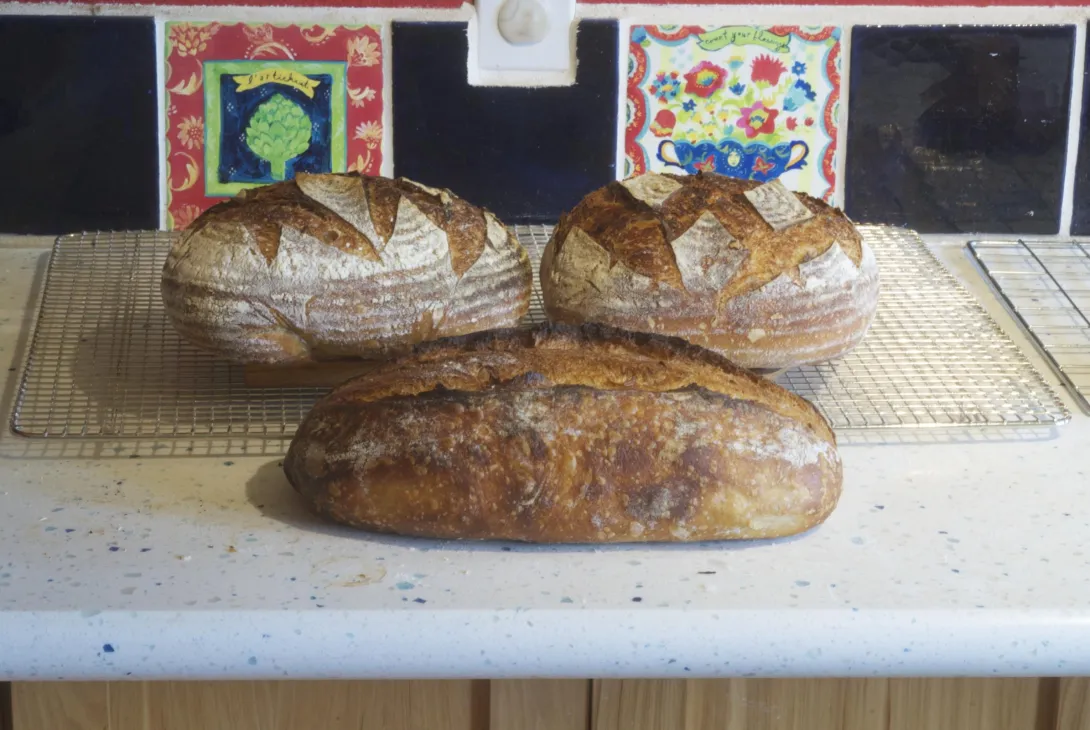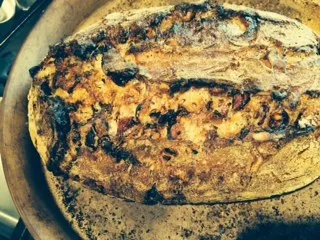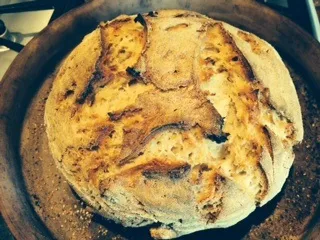Baking, Catering, & Greek Pitas
Oh dear... How long have I been away from TFL?
HA! Trick question. I was always here, browsing and skimming through posts. It's just, I've been mighty busy with my bakery (Siem Reap Bäckerei) and other matters in Cambodia. In fact, my eyes are often bloodshot because I rarely sleep more than a few hours at a time. Really, yesterday I only had a total of 5 hours of shut-eye. The day before that, 6 hours. And so on, and so on.
- Log in or register to post comments
- 17 comments
- View post
- bakingbadly's Blog










